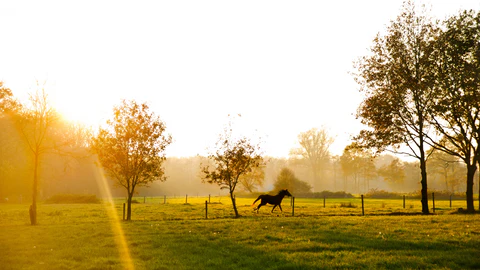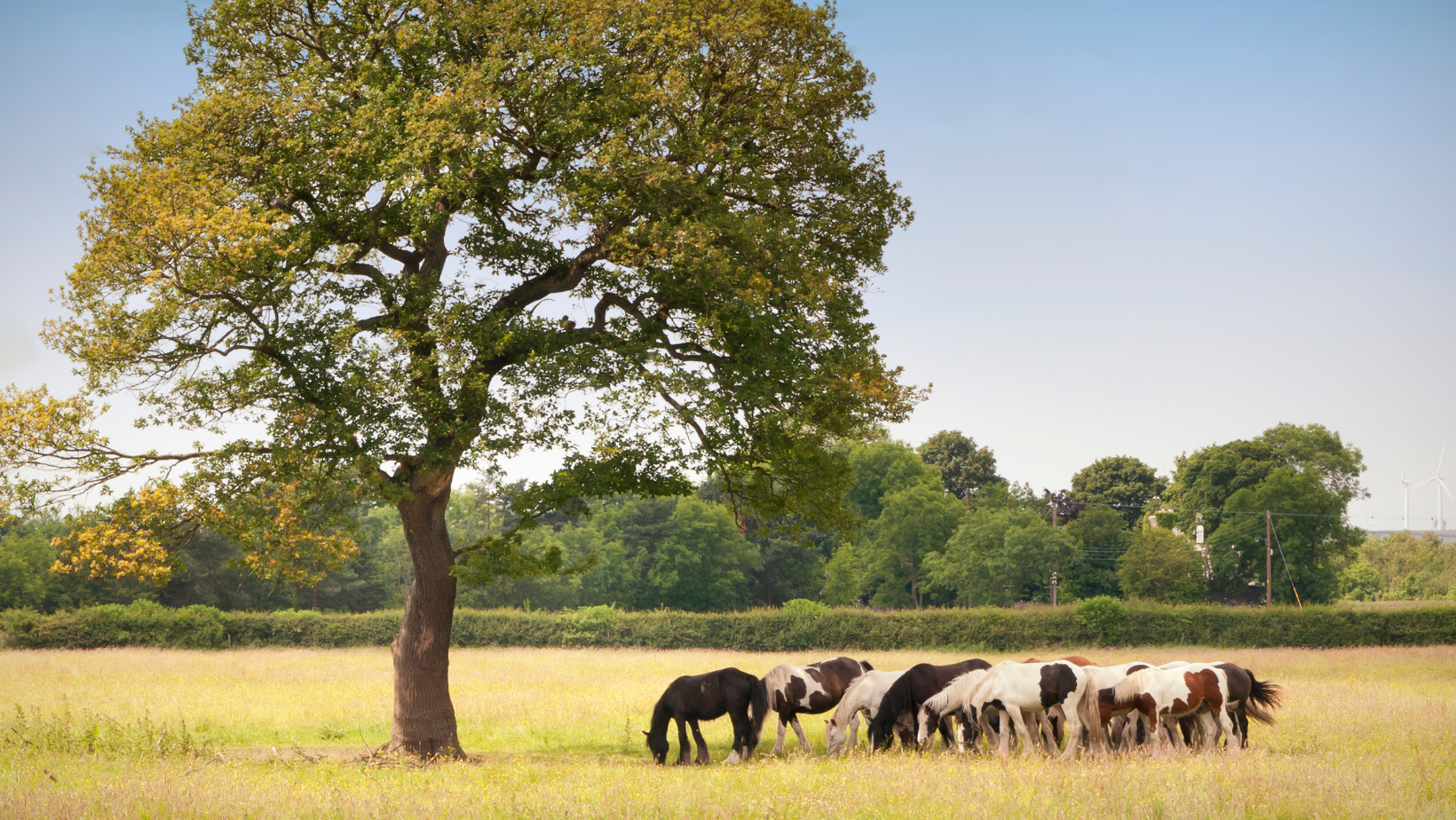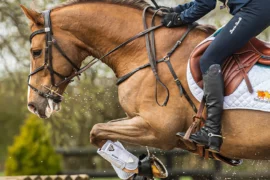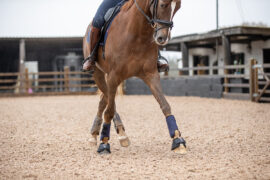Is your horse’s paddock in need of some TLC after a long, wet Winter? There is plenty you can be doing to improve your pasture management to make sure your grazing is in tip-top condition this season… Read on to discover how you can improve your paddocks and manage your horse’s pasture.
The majority of fields will have fallen victim to the unpredictable weather this Winter, being battered with rain and maybe snow in some places. Spring is a crucial time in the management calendar when it comes to bringing life back to your fields, the period between March and April normally brings drier weather (we can hope!), so if you act promptly and with the correct products, your fields will be looking like new in time for summer.
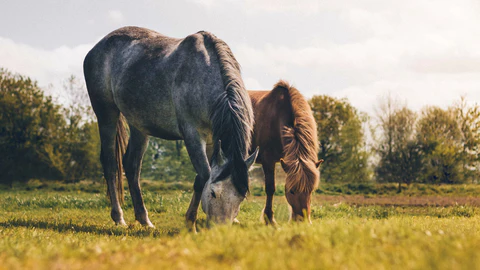
Harrowing & Fertilising
There are many benefits that come with harrowing your paddocks, including removing any dead grass and moss, dispersing any poo heaps and aerating the grass itself. When the temperature begins to rise, a good quality fertiliser should be applied such as Suregrow, this helps to replenish any nutrients that have been lost over the winter and stimulates grass growth.
Suregrow avoids lush growth & associated health problems through content of slow release nitrogen. It’s perfect if you want to avoid that rich flush of spring grass that can result in unwanted weight-gain or even laminitis. Suregrow produces nutrients in the grass essential for the well being of horses and lengthens the growing period of the grass providing more standing forage!
Reseeding your paddocks
The second part of Spring field maintenance is repairing and reseeding your paddocks. The R&R specialist horse paddock grass seed mix is a great option for the majority of horses and ponies. Sow at a minimum of 1 x 14KG bag per acre. This seed mix contains various grass types including Meadow Grass and Italian Rye Grass, to ensure a nice mix across the field. When reseeding, we suggest considering areas that have a higher volume of traffic such as around the gate and feeding areas.
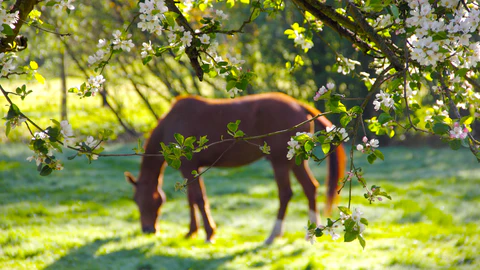
General Management
Weed Control
The growth of weeds is soon to be prevalent when the warmer weather arrives, which is why weed control is essential. Weed control can be done by spraying, but we must stress the importance of choosing the correct spray for your paddocks and following any instructions during the spraying and afterwards also.
Weed management can also be done manually. For example, the common toxic plant of Ragwort can be removed with a Ragwort Fork. Ensuring your pasture is clear of poisonous plants is creating a safer area for your horse and it will also reduce seed dispersal; preventing an outbreak of weeds occurring.
Poo Picking
It’s never anyone’s favourite equestrian chore, but it is certainly an important one. Poo picking on a regular basis not only makes for a cleaner environment, it also stops flies gathering, helps with worm prevention and encourages re-growth of grass – if droppings are left for a long period of time you will notice the vegetation benefit will slowly die off.
Ready to get started, make sure you have all the tools to clear your field of droppings – you will need a wheelbarrow, poo picker and weed removal tools.
Strip Grazing
If you’re finding your horse has access to a large amount of grass it may be worth strip grazing your field to limit the amount of grass your horse has access to. Start by sectioning off an area of your field, let your horse graze that specific area and when you’re ready, simply move the fence posts to section off a new area for them to graze off.
Strip grazing not only helps with grass intake, it can also help with grass growth and paddock recovery. Keeping your horse off certain areas of your pasture can help with grass growth and recovery meaning there should always be fresh grass growing. You can then use this method rotationally so you can be sure your horse always has an area of nutritious, fresh grass to eat.
So in conclusion, a well maintained paddock will provide you with healthy horses, lower feed costs and a feeling of satisfaction! Shop our range of field maintenance tools, fertilisers and grass seeds now
